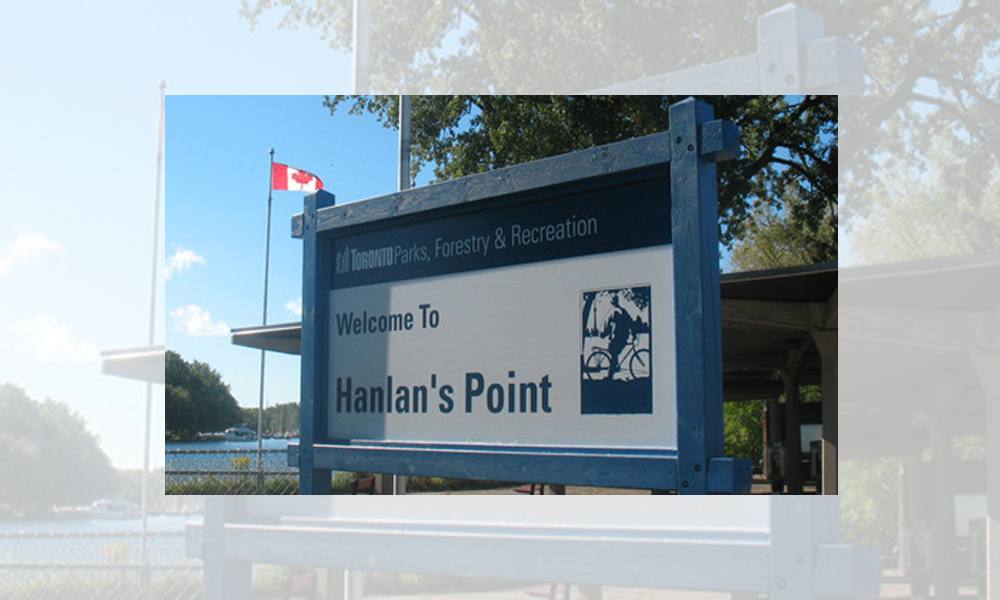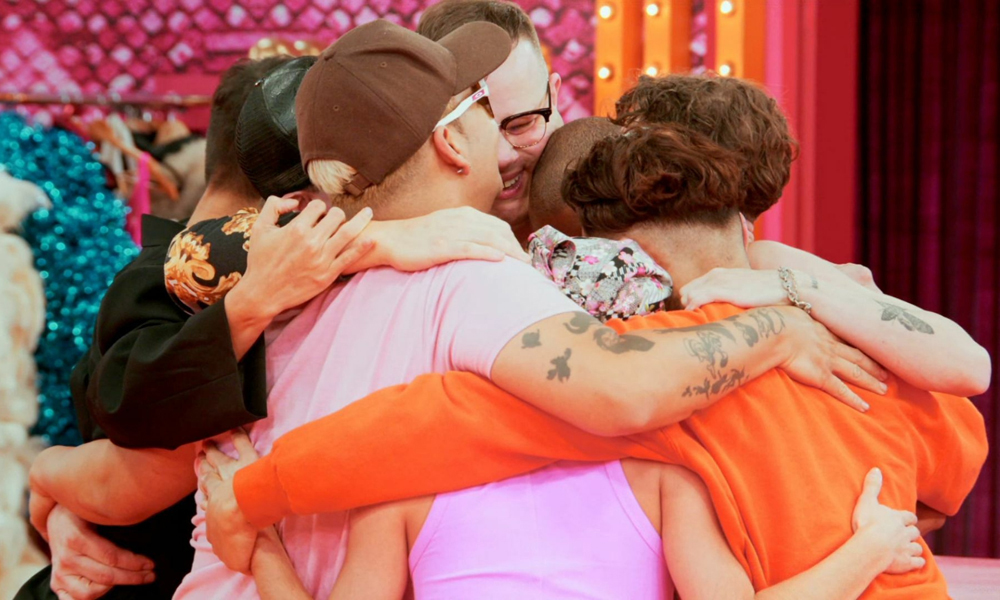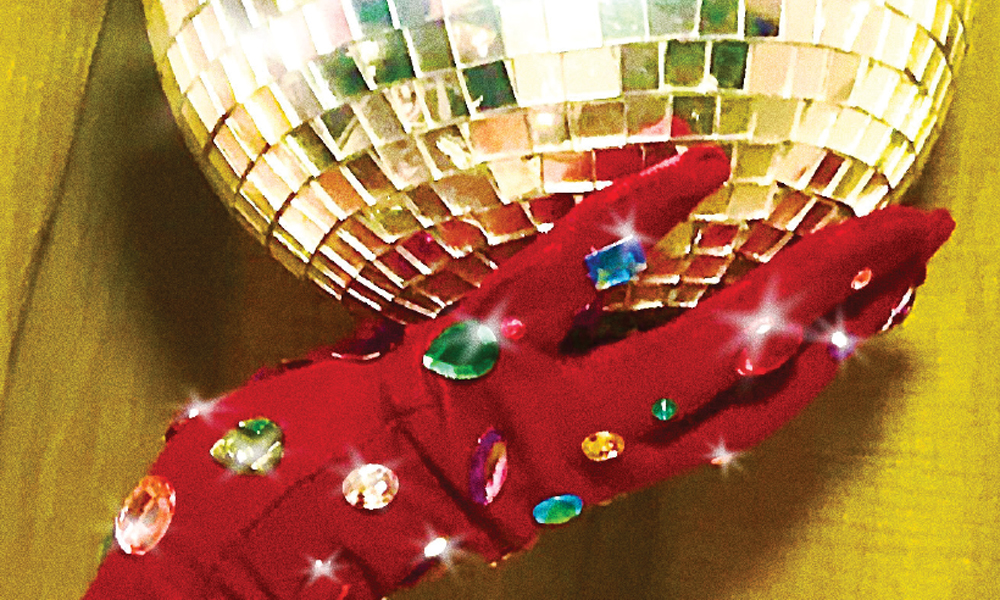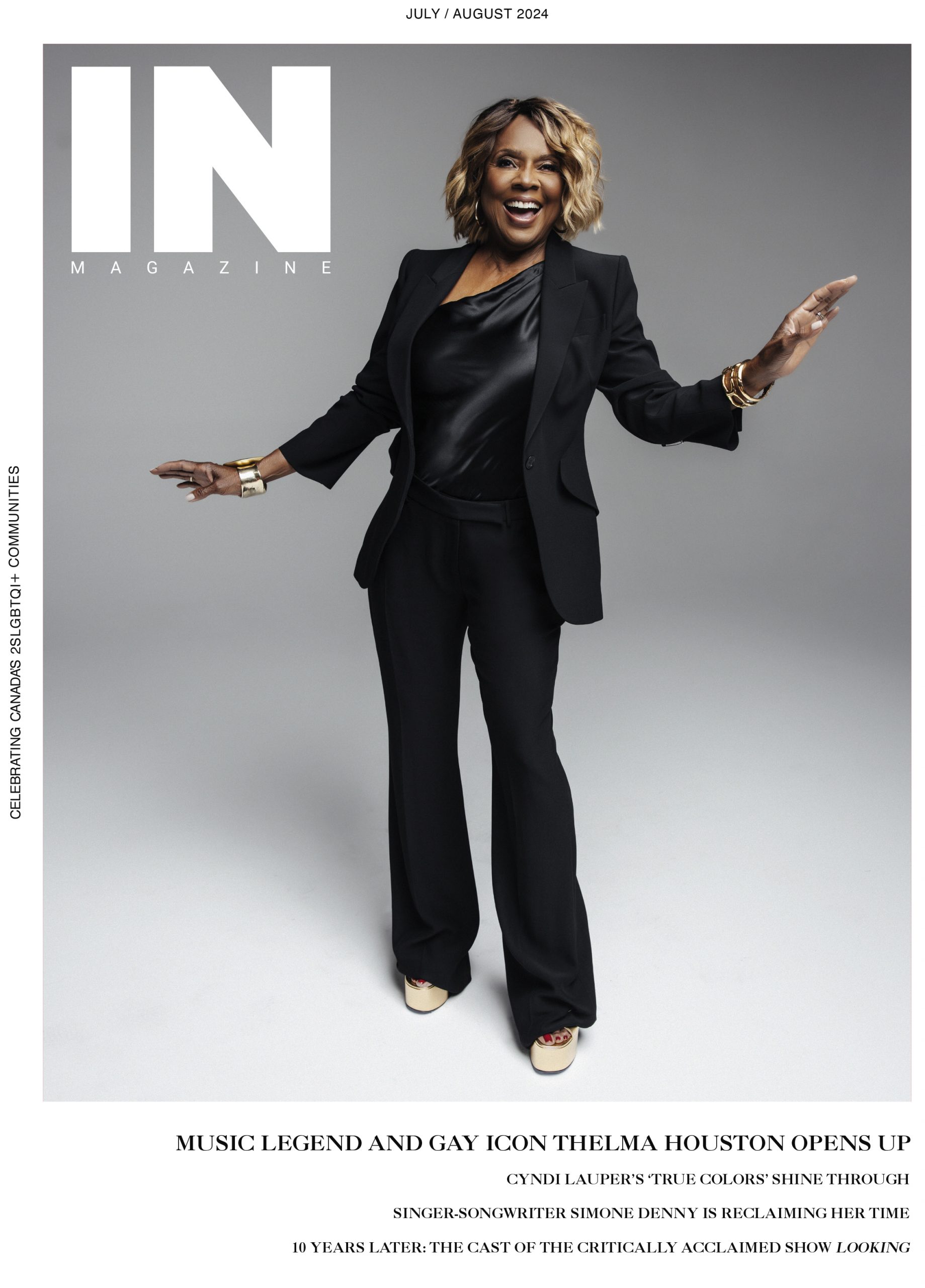A brief history of Toronto’s first “Gay Day Picnic” and the clothing-optional beach’s relationship with the LGBTQ+ community over the years…
By Christopher Turner
The disturbing assault of a 24-year-old Toronto man at the ferry docks near Hanlan’s Point on Saturday night has touched a nerve in Toronto, prompting thousands to speak out against anti-gay hate and discuss the beach’s role as a safe space for queer communities in the city.
David Gomez was on his way home from Hanlan’s around 11:30 pm on Saturday night when he was beaten in a homophobic attack. Toronto police, including the force’s hate crime unit, are investigating the attack, in which Gomez was knocked unconscious, and suffered a broken nose, cheekbone and orbital bone, as well as an injury to his hip and a concussion.
People on social media have rallied around a GoFundMe campaign in support of Gomez (which had raised over $45,000 by Friday morning), and are debating the recognition of Hanlan’s Point as a queer space.
Running down the western coast of Toronto Island Park, Hanlan’s Point Beach is clothing optional. Among the many who regularly enjoy the space, nudists use it to be legally, publicly nude. But the beach has also long been a safe haven for the city’s LGBTQ+ community, since nudism isn’t inherently sexual. The open-mindedness of a nudist-friendly space has historically made people of diverse sexual orientations and gender expressions feel welcome and safe.
A bit of history first
Hanlan’s Point is the most westerly of the three main islands that make up the Toronto Island Park. Originally, it was a popular resort community for summer cottagers in the late 1800s.
One of the first to settle there was the Hanlan family, who arrived in 1862. In 1870, they converted their home into a hotel that became the centre of social activity and attracted summer visitors coming to the Island. The son, Ned Hanlan, rowed to the mainland every morning to go to school, and eventually became an internationally famous sculler. (You’ll see the large statue of him as you get off the Ferry at Hanlan’s Point.)
Toronto council first designated part of the beach clothing optional in the late 19th century and it was packed with naked men and women, until prudery shut it down in 1930. There are records that the culture of Hanlan’s began reverting back to a nude space as early as 1950, and by the 1970s, it was known explicitly as a nudity-friendly space, regardless of the laws. Hanlan’s Point also took on a queer identity of sorts during this period.
By the 1970s, Hanlan’s Point Beach had become known as a gay-friendly hangout spot. Prime Minister Pierre Elliott Trudeau decriminalized homosexuality in 1969, the same year a series of riots against police discrimination and police brutality took place in New York City. The Stonewall riots began in the early morning hours of June 28, 1969, at the Stonewall Inn, a gay bar in the Greenwich Village neighbourhood of Manhattan, and continued for six days outside of the Christopher Street bar, in surrounding streets and in the nearby Christopher Park. Leaders like Marsha P. Johnson, Stormé DeLarverie, Miss Major and several other Black transgender and queer people were on the front line of those protests and violent clashes with law enforcement, and are ultimately responsible for starting a movement that slowly spread across the world and led to the LGBTQ+ rights we have today.
The following summer, picnics organized by LGBTQ+ organizations took place in New York, Los Angeles, San Francisco and Chicago to commemorate the Stonewall uprising. However, it wasn’t until the following year that Toronto started to join in.
Toronto’s first gay picnic
In the summer of 1971, a group of gay and lesbian activists organized Toronto’s first Gay Day picnic at Hanlan’s Point Beach. It was a groundbreaking event organized by Toronto Gay Action, the Community Homophile Association of Toronto and the University of Toronto Homophile Association, with around 300 people from neighbouring cities as far away as New York City and Detroit attending to show their support.
Held on Sunday, August 1, 1971, the picnic – decorated with rainbow flags, banners and balloons – was minuscule in comparison to today’s giant multimillion dollar event, but that afternoon was the beginning of something much larger. It was the city’s first display of gay and lesbian solidarity.
The picnics grew larger and larger, and by 1974, Toronto had its first Pride Week: a small and unofficially recognized series of events on the island and in the city that culminated in a march from Allan Gardens to Queen’s Park. Of course, Toronto’s Pride Week (as we know it now) evolved out of the mass protests that followed “Operation Soap” and the Toronto bathhouse raids on February 5, 1981. The violent raids prompted a riot the following night in Toronto, and mark the beginning of the gay liberation movement in Canada, which evolved into Toronto’s current Pride Month, now one of the world’s largest gay pride festivals.
Officially clothing optional
A one-kilometre-long part of Hanlan’s Point Beach was officially recognized by the City of Toronto as clothing optional in 2002, thanks to the work of Totally Naked Toronto and lawyer Peter Simm. “It’s very important to us as a legacy item, that we provided to the City of Toronto, and we’re proud of it and we like to use it because it was a hard-won fight,” James Forbes, TNT president and events chair, said at the time.
It is the second officially recognized clothing-optional beach in Canada, and the only one created by a municipal bylaw. Canada’s only other official clothing-optional beach is Wreck Beach in Vancouver, British Columbia.
Today, Hanlan’s beach remains a destination for nudists and Toronto’s gay community, with the coined reputation as the city’s unofficial gay beach.
Call for increased awareness
As we wait on the Toronto police and the force’s hate crime unit on the outcome of their investigation of Gomez’s assualt we are (once again) reminded that despite progress, many people remain too unaccepting of the LGBTQ+ community. Today many of our brothers and sisters – especially the most marginalized communities, including Black, trans and Indigenous people – continue to experience random acts of violence and micro aggressions on the street, in school hallways or in their workplace, which is why gay safe spaces (including beaches, nightclubs and community centres) have continued to play such an important role in the evolution of gay culture.
Toronto’s gay community has lost a number of queer spaces throughout the pandemic and, following the attack on Gomez, many people in the community are calling on allies to be extra-observant when occupying traditionally queer spaces this summer, including the secluded clothing-optional stretch of Hanlan’s Point that the LGBTQ+ community has traditionally shared with nudists. But at the end of the day we need to collectively recognize the need to reclaim our safe spaces. We need to aggressively campaign and create more spaces for all members of our community and bring back that feeling of safety. Because, after all, don’t we all deserve to live freely and love freely and not be afraid?
![]()
RELATED:
– to-pride/” target=”_blank” rel=”noopener noreferrer”>A Timeline Of Toronto Pride
– torontos-first-pride/” target=”_blank” rel=”noopener noreferrer”>A Brief History Of Toronto’s First Pride






POST A COMMENT